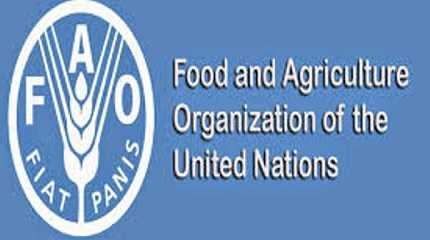
LIMA, Aug 22 (NNN-MERCOPRESS) — Peru has been singled out as the country with the highest rates in South America of people living under food insecurity, it was reported.
A study from the United Nations Office for Food and Agriculture (FAO) showed over half of Peru’s population was facing a situation “never before observed in the country,” where food insecurity affected 50.3% of the 32 million inhabitants.
In 2021, things took a turn for the worse amid the COVID-19 pandemic, FAO said. The agency also pointed out that more than half of the country cannot access a healthy diet, which “leaves no alternative but to consume ultra-processed foods high in sugar, salt and saturated fats harmful to health.”
“Food insecurity goes hand in hand with an accelerated increase in poverty,” the organization added. Data from the National Institute of Statistics and Informatics released by FAO indicate that poverty rose from 20.2% before the pandemic to 30.1% in 2020 and 25.9% in 2019.
Although poverty was reduced in 2021 to 25.9%, “Peru is still far from pre-pandemic levels,” FAO also pointed out.
The global office said that “2022 finds Peru with 16.6 million Peruvians in food insecurity, a dizzying increase never before observed in the country,” where “before the pandemic” there were 8 million inhabitants in this situation, said the United Nations Food and Agriculture Organization (FAO).
Mariana Escobar, FAO’s representative in Peru, said that “it is absolutely dramatic, especially in a country that is a food producer.” She also noted that “there are 6.8 million people in serious food insecurity, who can go a day or more without food.”
The UN agency also warned about the growth of malnutrition indicators such as anemia, overweight, and obesity, “all due to the fact that more than half of the country cannot access a healthy diet”.
According to Escobar, “there are 4.1 million adults and 8% of children under 5 years of age with obesity. These are people who, when they can eat every day, have access to a very poor diet.”
In February 2022 half of the households in the country were reported to be food insecure and economically vulnerable, and that two out of ten had inadequate food consumption.




